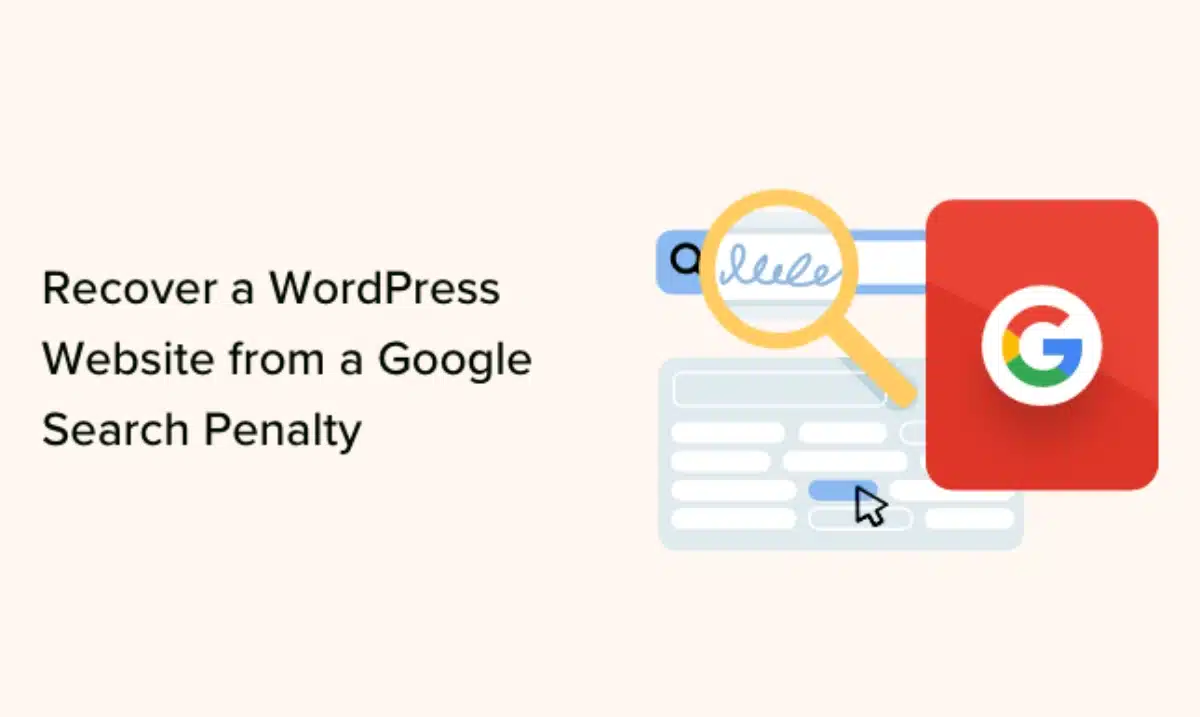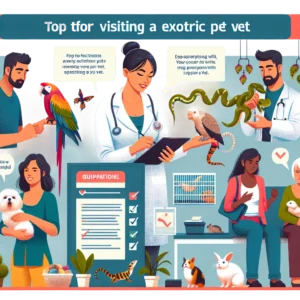How to Recover a WordPress Site from a Google Search Penalty
In the current era of digitization, establishing a robust online presence holds immense importance for both businesses and individuals. One of the primary channels for website visibility is search engines, with Google being the dominant player. However, there are instances where a website may be hit with a Google search penalty, causing a significant drop in rankings and organic traffic. In this article, we will explore how to recover a WordPress site from a Google search penalty and regain lost visibility.
Identifying a Google Search Penalty
Excerpt WordPress Plugins To identify a penalty, you can utilize tools such as Google Search Console, which provides valuable information about your website’s performance in search results. Other third-party tools, like Moz and SEMrush, can also assist in detecting potential penalties and analyzing website metrics.
Understanding Different Types of Google Penalties
Google employs various algorithms and guidelines to ensure the quality and relevance of search results. Understanding the different types of Google penalties is crucial in devising an effective recovery strategy.
One common penalty is the Penguin penalty, which primarily targets websites with unnatural backlinks. These backlinks are usually obtained through link schemes or low-quality link-building practices. To recover from a Penguin penalty, it is essential to identify and remove these unnatural links or disavow them using Google’s Disavow Tool.
Another penalty to be aware of is the Panda penalty, which targets websites with poor-quality content. Thin content, duplicate content, and keyword stuffing are some factors that can trigger a Panda penalty. Recovering from a Panda penalty involves improving content quality, removing duplicate content, and focusing on user-centric, valuable content creation.
Websites that are not mobile-friendly can face penalties as well. With the rise in mobile device usage, Google introduced a mobile-friendly penalty to ensure optimal user experience. Recovering from this penalty requires making your website responsive and mobile-friendly.
Apart from these penalties, there are other types as well, such as penalties for phishing attempts or hacked content. Ensuring website security and regularly monitoring for any suspicious activities can help prevent such penalties.
Step-by-Step Guide to Recovering from a Google Penalty
Recovering from a Google penalty requires a systematic approach. Here is a step-by-step guide to Sure, here’s the continuation of the step-by-step guide to recovering from a Google penalty.
- Analyzing penalty impact and identifying the cause: Start by analyzing the extent of the penalty’s impact on your website’s search rankings and organic traffic. Look for any noticeable patterns or changes that occurred around the same time as the penalty. Identify the potential cause of the penalty, whether it’s related to backlinks, content quality, or other factors.
- Conducting a thorough website audit: Perform a comprehensive audit of your WordPress site to identify any issues that may have contributed to the penalty. This includes checking for broken links, duplicate content, keyword stuffing, thin content, and other on-page SEO factors. Use tools like Screaming Frog or SEMrush to crawl your website and identify potential issues.
- Fixing on-page SEO issues: Once you’ve identified on-page SEO issues, take steps to rectify them. Optimize your title tags, meta descriptions, heading tags, and URL structures to align with best practices. Ensure your content is unique, relevant, and valuable to users. Improve the overall user experience on your site by enhancing site speed, navigation, and mobile-friendliness.
- Cleaning up unnatural backlinks: If your penalty is related to unnatural backlinks, it’s crucial to clean up your backlink profile. Identify and remove any low-quality or spammy backlinks pointing to your site. Reach out to webmasters to request the removal of such links, and if unsuccessful, disavow them using Google’s Disavow Tool. Monitor your backlink profile regularly to maintain a healthy link profile.
- Improving content quality: Focus on creating high-quality, engaging, and valuable content for your audience. Conduct keyword research to identify relevant topics and incorporate them naturally into your content. Ensure your content is well-structured, easy to read, and provides solutions to users’ queries. Consistently ensure that your content remains current and up-to-date by regularly updating and refreshing it.
- Resubmitting website to Google for reconsideration: Once you have addressed the issues that led to the penalty, it’s time to submit a reconsideration request to Google. In your request, explain the steps you have taken to rectify the issues and provide any supporting evidence. Be transparent and honest in your communication with Google. It may take some time for Google to review your request and lift the penalty, so be patient and continue improving your website.
Preventing Future Google Penalties
Overcoming a Google penalty marks only the initial phase of the journey. To prevent future penalties and maintain a healthy website presence, consider the following practices:
- Regularly monitor your website’s performance and search rankings using tools like Google Search Console and Google Analytics.
- Keep an eye on algorithm updates and industry trends to stay informed about any changes that may impact your website’s visibility.
- Maintain a high-quality backlink profile by focusing on natural, authoritative, and relevant links. Regularly audit your backlinks and disavow any suspicious or spammy links.
- Craft compelling and meaningful content that caters to the specific requirements and interests of your intended audience. Strive for originality, readability, and relevance in your content.
- Stay up-to-date with Google’s guidelines and best practices for SEO and ensure your website adheres to them.
By implementing these preventive measures, you can minimize the risk of future Google penalties and maintain a strong online presence.
Conclusion
Recovering from a Google search penalty can be a challenging task, but with a systematic approach and the right strategies, it is possible to regain lost visibility and improve your website’s rankings. By identifying the cause of the penalty, conducting a thorough website audit, addressing on-page SEO issues, cleaning up unnatural backlinks, and improving content quality, you can recover your WordPress site from a Google search penalty successfully.














Post Comment